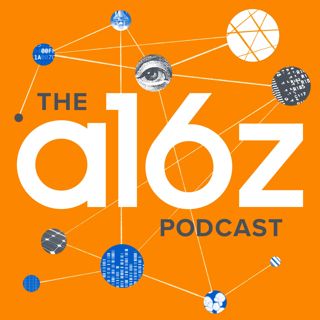Jaksokuvaus
with Brandon Ballinger (@bballinger), Mintu Turakhia (@leftbundle), Vijay Pande (@vijaypande), and Hanne Tidnam (@omnivorousread) There’s been a lot of talk about technology -- and AI, deep learning, and machine learning specifically -- finally reaching the healthcare sector. But AI in medicine isn’t actually new; it’s actually been there since the 1960s. And yet we didn’t see it effect a true change, or even become a real part our doctor’s offices -- let alone routine healthcare services. So: what's different now? And what does AI in medicine look like, practically speaking, whether it's ensuring the best data, versioning software for healthcare, or other aspects? In this episode of the a16z Podcast, Brandon Ballinger, CEO of Cardiogram; Mintu Turakhia, cardiologist at Stanford and Director of the Center for Digital Health; and general partner and head of a16z bio fund Vijay Pande in conversation with Hanne Tidnam discuss where will we start to see AI in healthcare first -- diagnosis, treatment, or system management -- to what it will take for it to succeed. Will we perhaps see a "levels" of AI framework for doctors as we have for autonomous cars?

